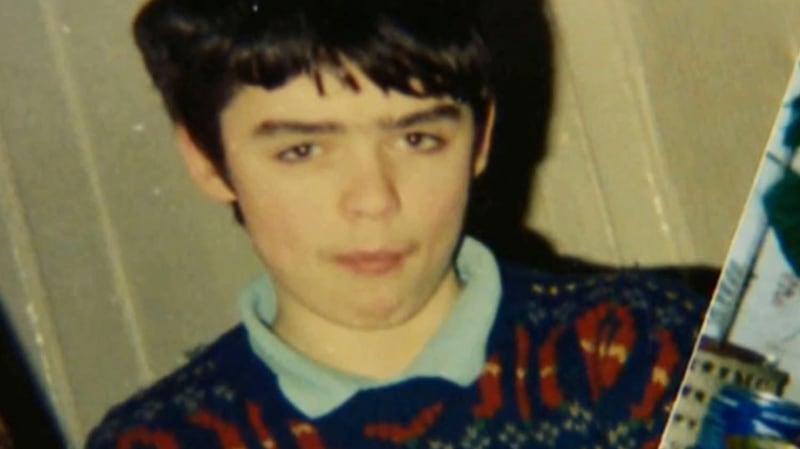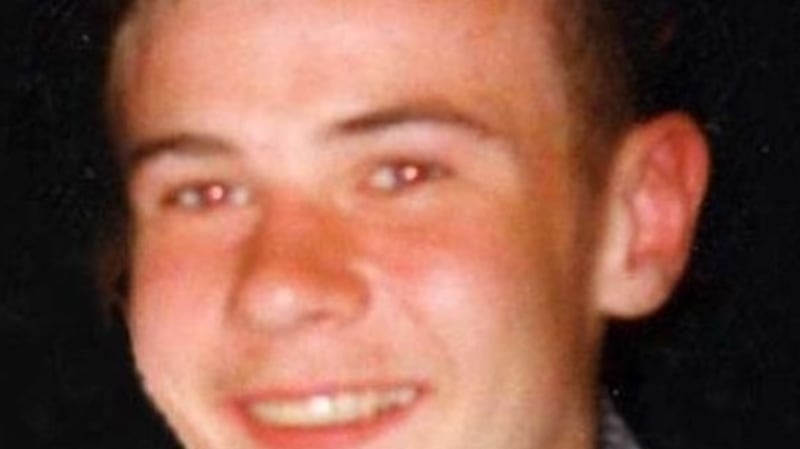The remains of two people who went missing in Dublin in the 1990s have now been identified using DNA technology.
Margaret Glennon (49) from Seagrange Drive, Baldoyle in Dublin went missing on May 22nd 1995. Her family made national appeals at the time and carried out many searches over the years to locate her body.
The remains of a woman, which has now turned out to be Ms Glennon, were found at a location between Swords and Malahide in November 2014. A full DNA profile was extracted from the remains. It has been matched with members of her family.
The remains of James Gallagher (18) from Dunmanaus Road, Cabra West have also been identified. He went missing on February 3rd, 1999.
Last December his mother Teresa Gallagher spoke during National Missing Persons Day saying that she continued to live a day at a time since her son's disappearance.
Her son’s remains was recovered in Dublin in 2002 only three years after he disappeared, but only identified very recently.

The two identifications are the latest in a series breakthroughs in missing persons cases as a result of the setting up of the National DNA database in November 2015. The technology makes it easier to match samples from bodies recovered with living relatives.
Last month gardaí confirmed they used DNA too to positively identified the remains of Aengus ‘Gussie’ Shanahan (20) who went missing in Limerick city in 2001. His remains were recovered the following year, but not identified until this year.

Late last year DNA sampling also identified the remains of a man whose body was found washed up on a Louth beach in 2007 as those of Joseph Reilly (50), who went missing in Dublin in 2006. His body remained unidentified for years and was buried in Lordship cemetery in Co Louth in an unmarked grave. Following his identification his body was brought home to be buried next to his parents in a country churchyard in Co Cavan in February.

Missing persons helpline founder Dermot Browne said the number of identifications will accelerate as gardaí are taking DNA samples from families of the 220 people who are on the long-term (more than a year) missing list.
“I spoke to a few different families last night and the word hope came back from all of them,” he said.
“That’s what we are all about. It is unfortunate they we are looking for remains rather than somebody walking in the front door.”
Mr Browne stressed the importance of locating bodies and having a place to bury and mourn those who disappeared.
“Anybody who has a long term missing loved ones is anchored to the past,” he explained.
“They haven’t moved on from the day the person went missing. Closure is a big word, but when they know where the missing are, you can move on and deal with the grief.”











